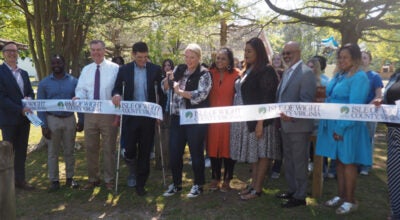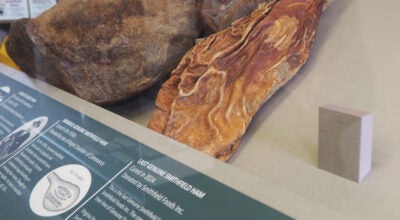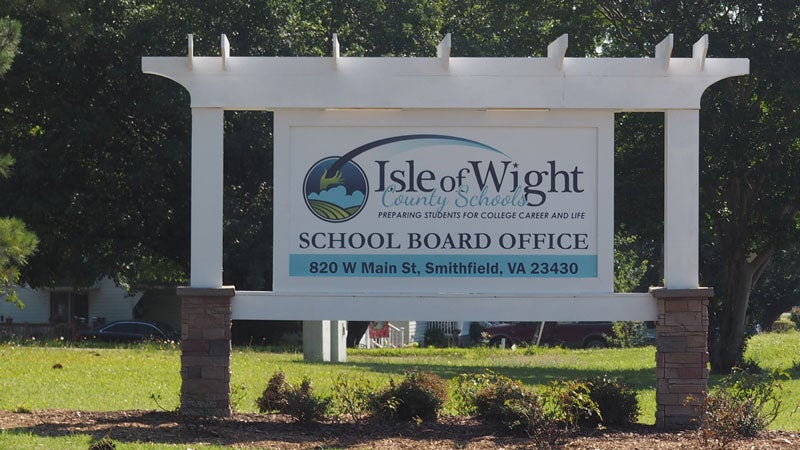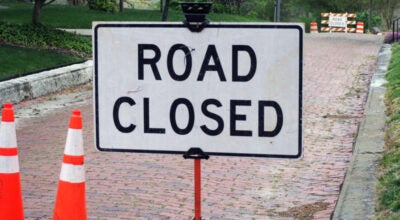Bacon’s Castle solar farm proposed
Published 7:02 pm Tuesday, August 3, 2021
Surry County may be getting another solar farm — this one located directly across the street from the 17th century Bacon’s Castle homestead.
Pine Gate Renewables, an Asheville, North Carolina-based company, proposes to construct a 26.8-megawatt solar farm on approximately 220 acres at the intersection of Route 10 and Bacons Castle Trail.
The company plans to apply to Surry County for a conditional use permit under the name Surry Solar Center LLC, which would operate as the company’s local subsidiary. Pine Gate has also requested a rezoning of the parcel from agricultural to industrial.
The company plans to lease the land from the Epps family.
“Landowners are the backbone of what makes solar possible — they have a productive use for their land and enjoy a reliable long-term investment for themselves and their families,” said Lorraine Bergman, a company spokeswoman.
Given its proximity to Bacon’s Castle, the oldest brick dwelling in North America according to Preservation Virginia, Pine Gate has completed a Phase 1A cultural and historical survey of the land, Bergman said, and is in the process of completing a study that will look more closely for potential historic artifacts in areas the survey identified.
According to the company’s website, Surry Solar would provide low-cost, clean power generation in an amount sufficient to power approximately 6,044 homes each year. The electricity generated would be roughly equivalent to 36.7 million pounds of coal burned or 33,275 tons of greenhouse gas emissions removed.
The power will be fed into Dominion Energy’s grid and be available to serve local customers and Dominion’s service territory in general, Bergman said. But she doesn’t anticipate Dominion will offer the power directly to local residents or provide a lower-cost option than what Surry residents currently pay on their electric bills.
In addition to electricity, the proposed solar farm is projected to generate $28,000 a year in tax revenue for Surry County, according to a letter the company sent on July 7 to residents living near the proposed project. Given that the solar panels would likely remain in place for 40 years, the project would generate a minimum of $1.1 million in tax revenue over that period.
The letter also aims to preemptively address any concerns residents may have regarding health and safety.
“Despite a variety of misinformation on the internet, solar farms are very safe,” the letter assures, stating that one of the more frequent concerns the company hears from residents involves the electromagnetic fields generated by solar farm inverters.
To address this concern, the company cites a May 2017 paper on the health and safety impacts of photovoltaic solar panels published by the NC Clean Energy Technology Center of North Carolina State University.
Electromagnetic fields are a form of non-ionizing radiation, the paper states. Non-ionizing means the radiation has enough energy to move atoms around, experienced as heat, but not enough energy to remove electrons or to damage DNA as ionizing radiation would. Since the 1970s, some scientists have expressed concerns over the potential health consequences of EMFs based on some epidemiological studies that showed a slight increase in childhood leukemia risk associated with average exposure to residential power-frequency magnetic fields. This led the World Health Organization’s International Agency for Research on Cancer to classify these magnetic fields as “possibly carcinogenic” to humans, meaning there is limited evidence but not enough to warrant either a “probable carcinogen” or “human carcinogen” label.
“Unless you are inside of the fence at a utility-scale solar facility or electrical substation it is impossible to get very close to the EMF sources,” the paper states. “Because of this, EMF levels at the fence of electrical substations containing high voltages and currents are considered ‘generally negligible.’”
The company proposes to construct 75-foot vegetative buffers around the entire perimeter of the project. The panels themselves will be set back at least 150 feet from the nearest dwelling or from property lines and right-of-ways if no dwellings exist. Its north-facing edge is proposed to be set back at least 200 feet from Bacon’s Castle. But the panels will not be 100% hidden from view, according to the letter.
The construction process, which is slated to begin in May 2022, is projected to generate approximately 150 jobs. It is expected to be operational by February 2023.





